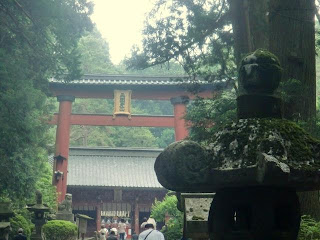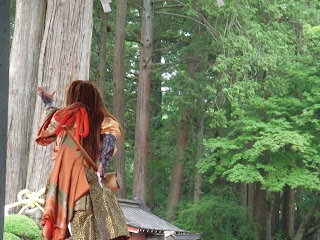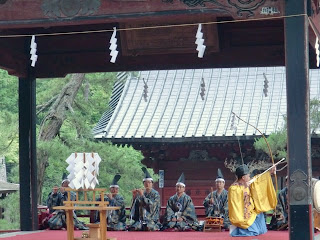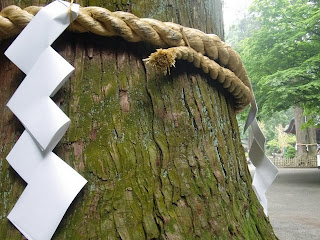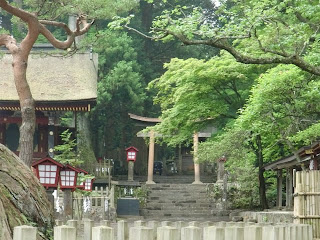I would like to share an album "2012 Fuji Summer Trail Opening Ceremonies" by my friend Yusuke Hirota, a professional guide of Mt. Fuji. Every June 30, and July 1st, they's been having these ceremonies to pray for the safety of pilgrims, now for hikers. The best season for climbing Mt. Fuji has come. For those who would like to summit Mt. Fuji, please refer to the following sites or contact guys at FYG, Fujiyama guides. I hope you would have good view and lots of fun!
Monday, July 2, 2012
Sunday, June 3, 2012
Backcountry Ski Tour in Fukushima
-会津駒ヶ岳 Aizu Komagatake Altitude:2,132m
-April 29 and 30, 2012
-Maps: 檜枝岐,会津駒ヶ岳(1:25,000)
-Starting Point: 檜枝岐,滝沢登山口
-Altitude of Staring Point: 930m
-Weather : good
-Itinerary: piston along the summer route, take/take off ski at 1,400m
-Conditions of Snow: good
-Avaranche Activity: nothing
-Accommodation: 駒の小屋 Y3,000 without meal service
-Equipment: nothing special
hiking up in the beech trees
my ski, telemark, Nunyo (BD) et Scarpa T3
view towards the summit
almost summit
view from the summit towards Echigo
View Larger Map
Tuesday, April 3, 2012
Cherry Blossom
Cherry blossom holds great meaning for Japanese. It's
not exaggeration to say that there is tremendous importance attached to the significance of the connection between rebirth of nature and that so many official, formal and cultural events take place at the same time.... such as school entrance ceremonies, the start and end of the fiscal period. etc.
April cherry blossom marks the end of the cold winter weather and the arrival of hope alongside bright, warm Spring days. This is a new beginning. This is rebirth. This is the start of something beautiful.
Here I would like to introduce phrases quoted from an essay of David A. Sein which explains Hanami , cherry blossom viewing.
Here I would like to introduce phrases quoted from an essay of David A. Sein which explains Hanami , cherry blossom viewing.
-------
Cherry blossom viewing hanami is one of the most popular events of the year in Japan. When the cheery trees are in bloom, millions of people go to parks, (like in Ueno Park) riversides, ( like Sumida River) and even cemeteries (like in Zoshigaya, Yanaka) to enjoy the beauty of these lovely blossoms. They sit under the trees, eating, drinking, chatting, appreciating the beauty of the white and pink flowers.
Blossom viewing is a very old custom in Japan. At first, it was done only by nobles, and they went to see plum trees instead of cherry blossoms. After a while, cherry blossoms became more popular, and by the 1600s, blossom viewing had become popular among ordinary people as well.
Cherry blossoms are important to Japanese people because they remind us that life is short, and that you should appreciate the wonderful things around you, since they may not last for very long.
One thing that many foreigners wonder about is why the beautiful cherry trees have no cherries. The reason is that they are bred for blossoms rather than fruit. They actually do have very small cherries, but they're really tiny and aren't good to eat.
Subscribe to:
Posts (Atom)
